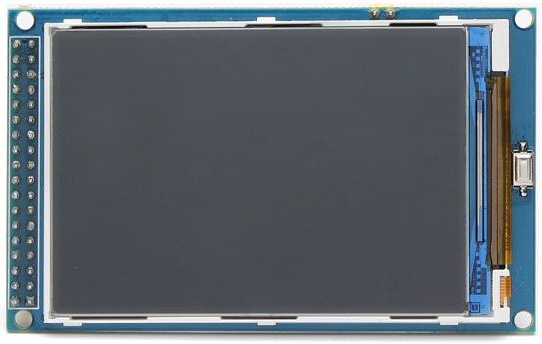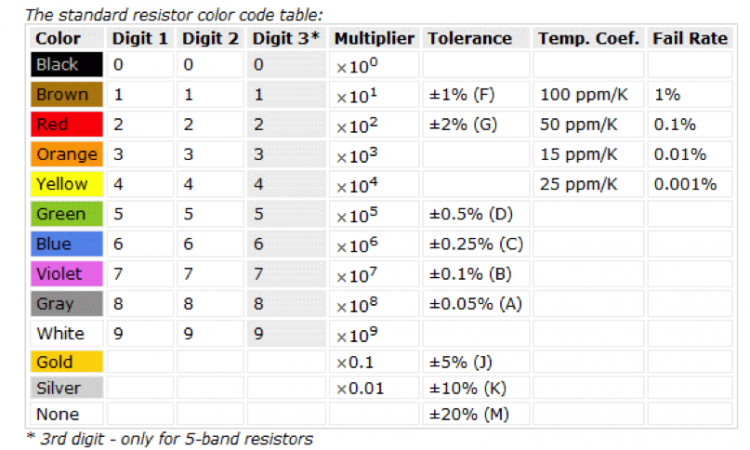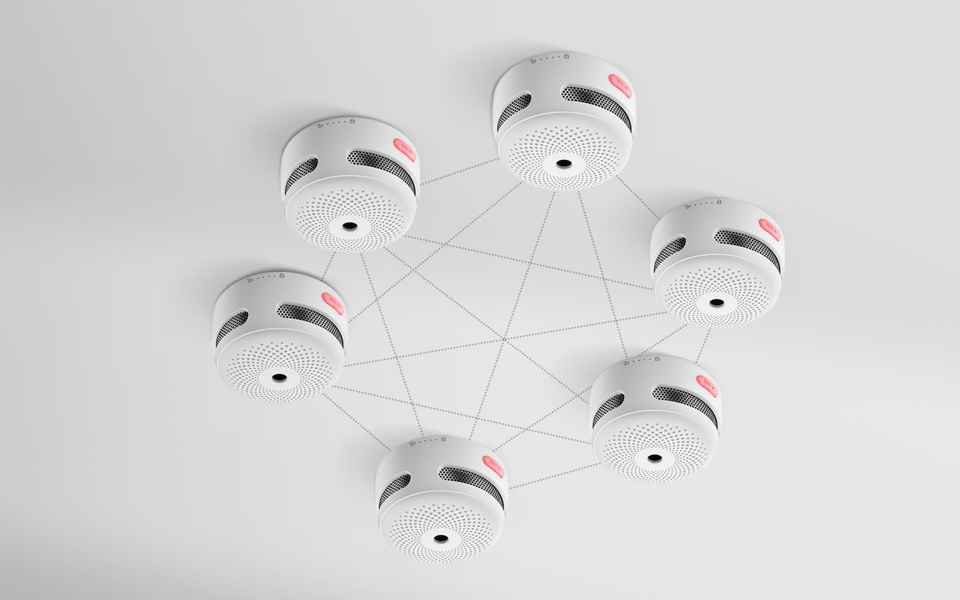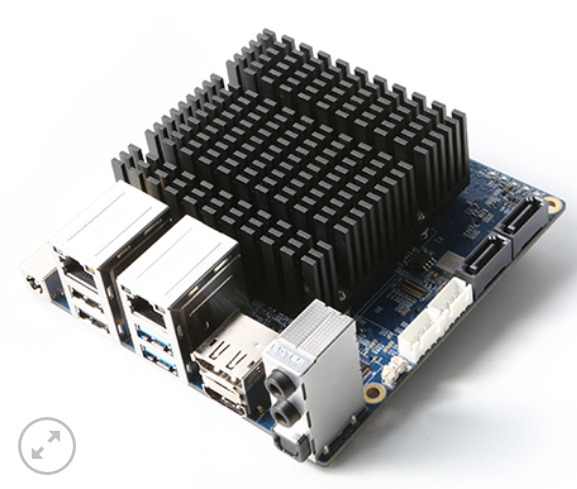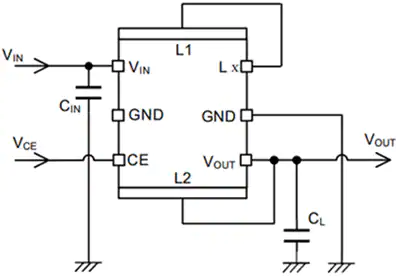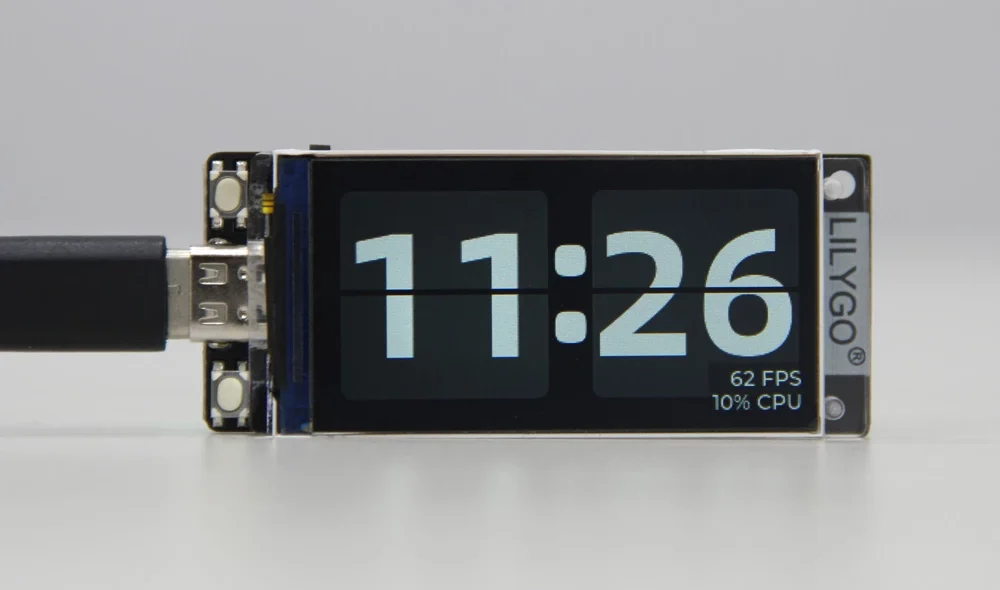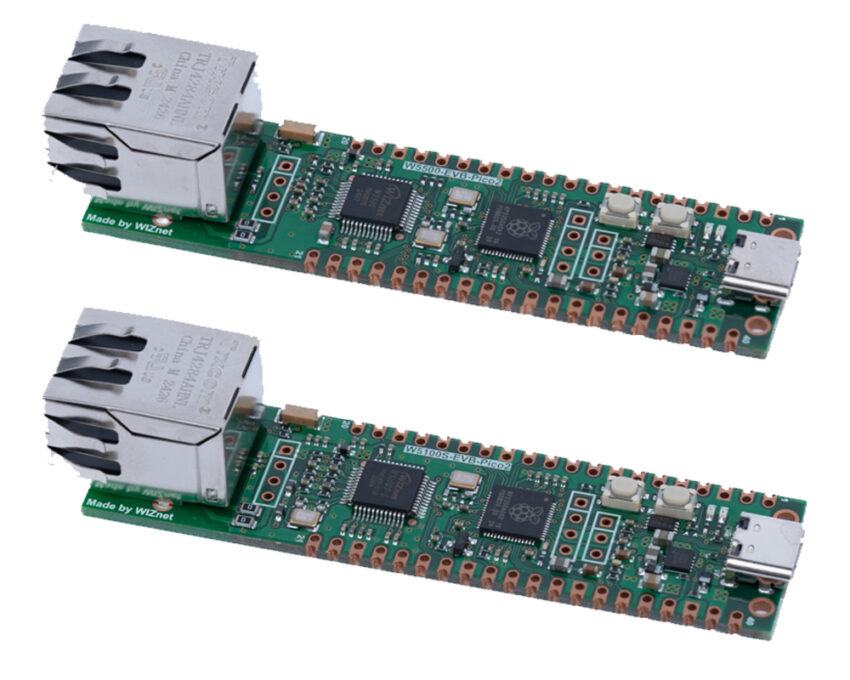
W5100S And W5500: Raspberry Pi RP2350 Based Embedded Internet Controllers for Your IoT Projects
The WIZnet has recently launched two Raspberry Pi RP2350-based – W5100S-EVB-Pico2 and W5500-EVB-Pico2 Embedded Internet controllers with TCP/IP stack that simplifies Internet connectivity for embedded systems. The W5100S supports both SPI (up to 70MHz) and Parallel System Bus interfaces, while the W5500 exclusively uses SPI (up to 80MHz). Both chips integrate 10/100 Ethernet MAC and PHY, ensuring stable network communication, and support key protocols like TCP, UDP, ICMP, IPv4, ARP, IGMP, and PPPoE. The W5100S has four independent sockets, and 16KB internal memory, and includes functions like Wake on LAN (WOL) and Power Down Mode for energy efficiency. Making it ideal for Ethernet applications without modifying complex firmware. The W5500, an upgrade with 8 independent sockets and 32KB memory, is similarly power-efficient with WOL and power-down features.
Both embedded internet controllers are mainly used in home network devices, IoT devices, security systems, factory automation, and medical monitoring equipment. It provides Ethernet connectivity for devices like printers, DVRs, and cloud-connected IoT systems. The W5100S is available in 48-pin LQFP and QFN packages, while the W5500 is available in a 48-pin LQFP package.
We have seen some similar internet controllers like Renesas’s RJ45 Socket with Ethernet controller and Clearlink’s Ethernet Controller. Previously, we have written about some Raspberry Pi RP2350-based development boards like the Sparkfun Pro Micro-RP2350, the Raspberry PI Pico 2 with RP2350 Microcontroller, the Bus Pirate 5XL and 6 hardware tools and many more. Feel free to check those out if you are interested in the topic.
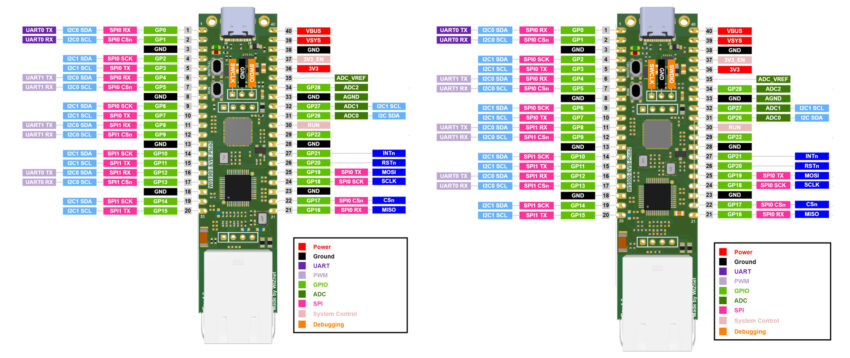
WIZnet’s Embedded Internet Controllers Specifications:
- Microcontroller – Raspberry Pi RP2350A
- CPU: Dual-core Arm Cortex-M33 processor @ 150MHz (RISC-V cores are not mentioned, so they are likely not used at all)
- Memory: 520KB internal RAM
- 8KB OTP Storage
- Storage: 16Mbit SPI flash
- Hardwired Protocol Support:
- For W5100S-EVB-Pico2
- TCP, UDP, ICMP, IGMPv1/v2, IPv4, ARP, PPPoE
- WOL (Wake on LAN) over UDP
- SOCKET-less commands: ARP-Request, PING-Request
- For W5500-EVB-Pico2
- TCP, UDP, ICMP, IGMP, IPv4, ARP, PPPoE
- Wake on LAN (WOL) over UDP
- For W5100S-EVB-Pico2
- Network Interfaces:
- For W5100S-EVB-Pico2
- 10BaseT/100BaseTX Ethernet PHY integrated
- Auto-negotiation for full/half-duplex and 10/100 Mbps speeds
- Auto-MDIX (automatic crossover detection) in auto-negotiation mode
- Built-in RJ45
- For W5500-EVB-Pico2
- 10BaseT/100BaseTX Ethernet PHY integrated
- Auto-negotiation for full/half-duplex and 10/100 Mbps speeds
- Built-in RJ45
- For W5100S-EVB-Pico2
- Memory:
- 16KB internal memory for Tx/Rx buffers, for W5100S-EVB-Pico2
- 32KB internal memory for Tx/Rx buffers, for W5500-EVB-Pico2
- Host Interfaces:
- For W5100S-EVB-Pico2
- High-speed SPI interface (up to 70 MHz) with MODE 0/3
- Parallel System Bus interface with 2 address signals and 8-bit data
- For W5500-EVB-Pico2
- High-speed SPI interface (up to 80 MHz) with MODE 0/3
- For W5100S-EVB-Pico2
- USB: 1x USB Type-C port for power, data (and for reprogramming the Flash)
- I/O:
- 40 pin 0.1-inch through-hole pins and edge castellations
- 2x UART, 2x SPI, 2x I2C
- 16x PWM
- 4x 12-bit 500ksps Analogue to Digital Converter (ADC)
- 3x Programmable IO (PIO) blocks, 12 state machines total
- HSTX peripheral
- 1x Timer with 4 alarms
- 1x Real Time Counter
- 40 pin 0.1-inch through-hole pins and edge castellations
- Security: OTP, Secure Boot, Arm TrustZone
- Debugging: SWD headers
- Power Supply:
- Built-in Switch-mode DC-DC converter (replacing LDO for enhanced power efficiency)
- VBUS: DC 5V (+/- 10%)
- VSYS: 4.3V to 5.5V
- Built-in Switch-mode DC-DC converter (replacing LDO for enhanced power efficiency)
- Power Consumption:
- Supports Power Down Mode & Main Clock gating for reduced power consumption
- Sockets:
- 4 independent hardware sockets for simultaneous connections, for For W5100S-EVB-Pico2
- 8 independent hardware sockets for simultaneous connections, for W5500-EVB-Pico2
- Electrical Characteristics:
- 3.3V operation with 5V I/O signal tolerance
- LED Outputs:
- Full/Half Duplex, Link, 10/100 Speed, Active indicators
- Dimensions: 80 x 20mm
- Packages:
- 48-pin LQFP & QFN Lead-Free packages (7x7mm, 0.5mm pitch)
- Operation Conditions:
- Max Operating Temperature – 85°C
- Min Operating Temperature: -20°C
- Recommended max ambient temperature: 70°C
- Certification: CE, FCC, AWS Qualification, Microsoft Azure Certification
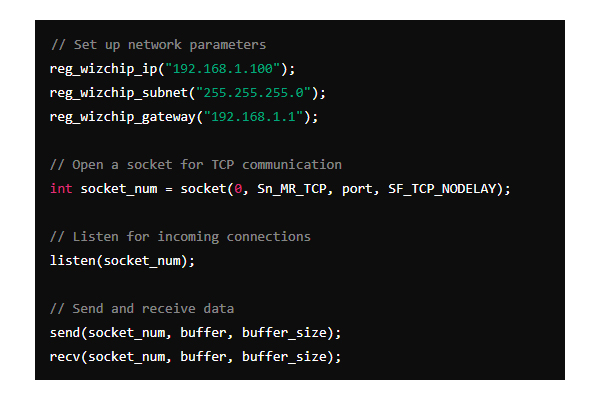
As per datasheets, firmware for the W5100S-EVB-Pico2 and W5500-EVB-Pico2 is designed to be developer-friendly, providing a clear and simple API for controlling Ethernet communication. However, by using C or C++, developers can quickly implement networking functionality without dealing with the complexities of TCP/IP stack management. It can enable faster prototyping and deployment for both embedded and IoT systems including RP2350.
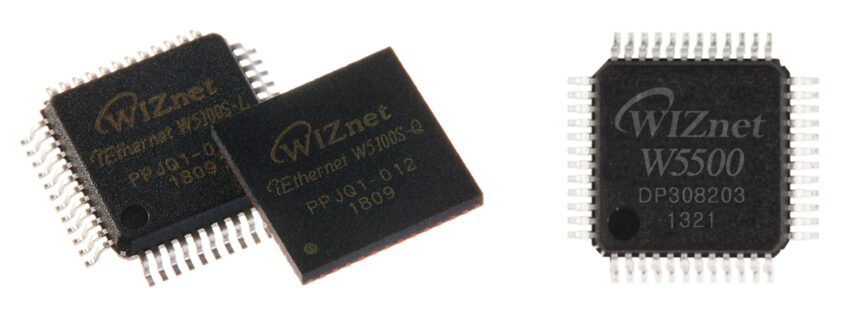
As far as I understand, these two internet controllers enable reliable network connectivity across various applications, including home network devices, serial-to-Ethernet systems like access controls, parallel-to-Ethernet setups in POS systems, and USB-to-Ethernet for storage devices. They are especially used for IoT, security systems, automation, and medical devices, they provide reliable internet connectivity.
The W5100S-EVB-Pico2 and W5500-EVB-Pico2 are available on platforms like Mouser Electronics and the Digikey, with a price of $19.24 and $14.03. But you have to buy in bulk (minimum 20) from Digikey so the final price will be $280.59.






